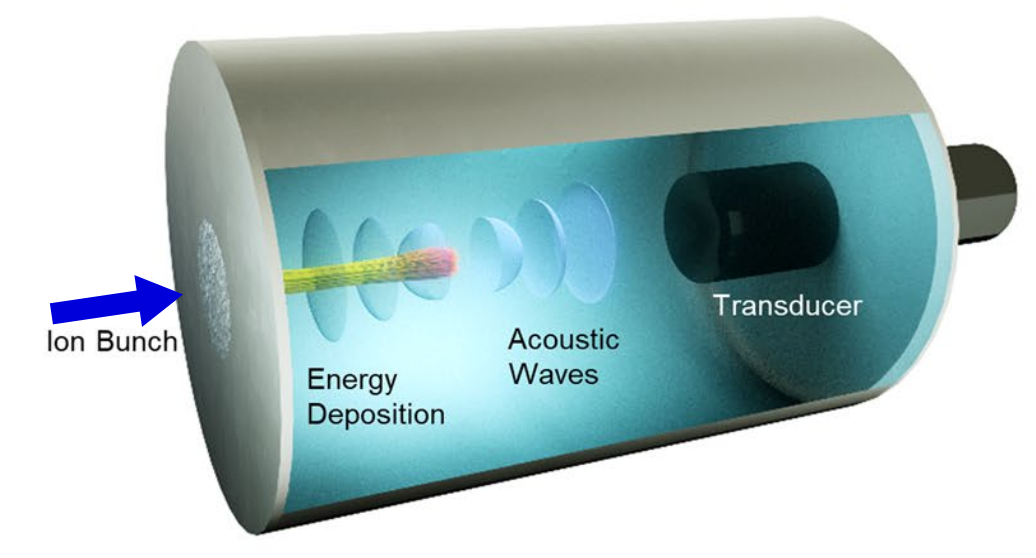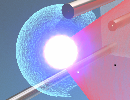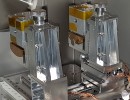Ion Acceleration
Laser-driven ION (LION) acceleration can provide significant numbers of particles concentrated in bunches of very short duration and can enable hitherto inaccessible investigations of fast physical and chemical processes in matter. Recent progress in key pillars, including targetry, transport, instrumentation, and modeling has brought sincere applications within reach. Developing LION sources to a maturity that will enable first milestone demonstrations of novel discoveries in terra incognita represents our main motivation and promises long-term impact on applications of particle accelerators in science, technology, and medicine.
Research coordinator: Jörg Schreiber
-
Development of detectors suitable for identification and characterization of laser accelerated ion bunches is of great importance, both for understanding the acceleration processes and subsequent applications. Our dedicated aim is to develop and implement online solutions for spatially and energy-resolved ion distribution measurements. Those must work reliably during the interaction of the high power laser pulse with the target. This poses a remarkable challenge, for example due to the tremendous electromagnetic pulse (EMP)
more
-
Anything (even nothing) in the focus of the high power laser pulse can be considered as a target. It is developed and finessed within 'targetry'-activities. Those are the foundation of reliable conversion of laser-plasmas in applicable particle and photon radiation modalities, in particular for operating laser-driven ion acceleration.
more
-
To match the compact size of the laser-driven ion source, we aim to miniaturize the systems for transporting and refocusing the bunches as well. Various possible applications of laser-driven ions demand the delivery of the particles to a remote location from the laser-target interaction. This has the advantage that irradiations can be performed under different conditions, for example on air, and that secondary radiation from the target can be avoided.
more




